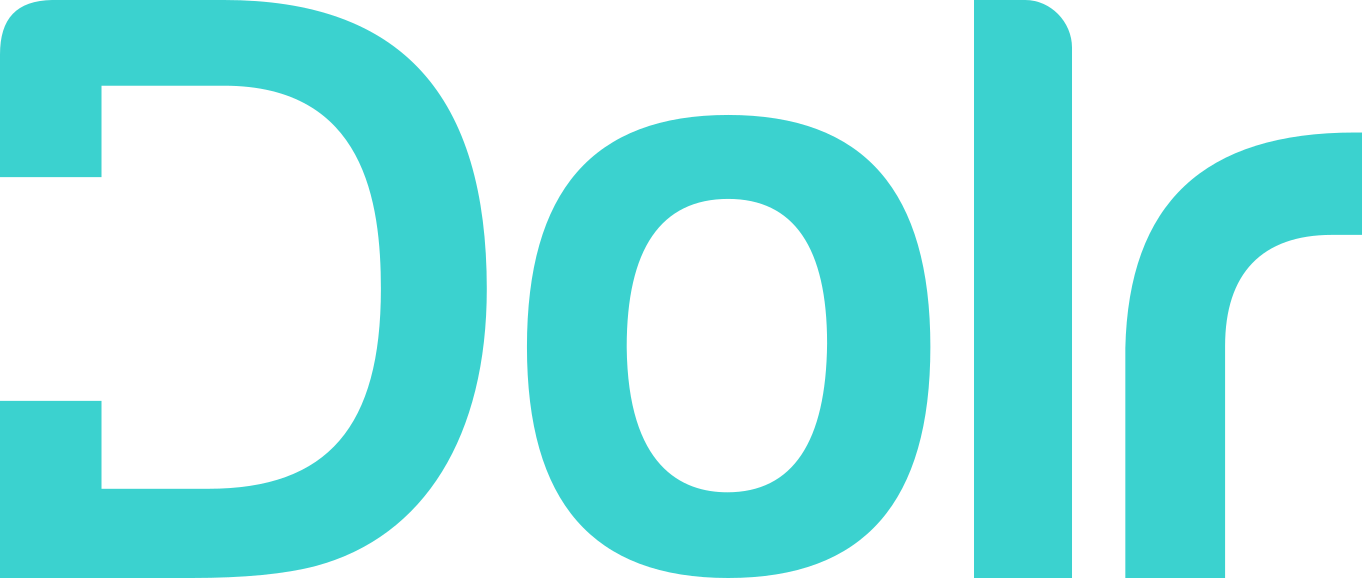9 Student Loan Hacks to Help You Pay Your Debt Faster

$1.75 trillion.
That’s how much federal student loan borrowers owe right now. And that number is rising six times faster than the US economy.
If your head just exploded, you’re not alone. Those numbers are staggering.
But guess what? You’re not a number.
You’re a person, and your student loan debt doesn’t have to control you. There are things you can do today — like in the next 15 minutes — to pay your debt off faster.
Mix and match these nine student loan hacks to take back control of your money.
Use autopay
If you haven’t already signed up for your student lender’s autopay service, now is the time. It’s the simplest way to reduce the interest rate on your loans.
Most student lenders will knock 0.25% off your interest rate when you sign up for autopay.
It’s a win-win. They don’t have to chase you down for payments. You won’t risk missing a payment. Plus, you get a lower interest rate, aka less money spent on your loans over the long term.
Split your interest payments with the federal government
Income-driven repayment plans can be a lifesaver if you’re having trouble meeting your minimum monthly payments. Of course, the downside of these programs is that they usually increase the amount you pay overall.
Why?
Well, because you’re extending the payments out over a longer period of time, so that means more interest accrues. Plus, many borrowers with low incomes may have a monthly payment that doesn’t cover the amount of interest accruing each month. So even though they’re diligently making their monthly payments, they’re total loan balance is actually going up instead of down.
Kind of makes you want to cry, doesn’t it?
But here’s the good part: in certain income-driven repayment plans, the federal government will pay all or part of that interest for you.
In the REPAYE program, they’ll pay all the excess interest for the first three consecutive years you’re enrolled and then 50% after that. So if your monthly payment is $100 based on their income calculator, but you have $300 of interest continuing to accrue, they’ll pay that whole $300 for the first three years. After that, they’ll pay $150. And $150 will continue to accrue each month.
In the PAYE and IBR programs, the federal government will pay the interest above your monthly payment on subsidized loans for the first three consecutive years. They won’t pay on unsubsidized loans at all and not on subsidized loans beginning in year four.
Use shopping rewards for student loan payments
If you’re a member of any cash back rewards program, you can use that cash back to make payments on your student loans.
Or better yet, you could sign up for a shopping rewards program that sends the money directly to your loan servicer.
We’ve built that program here at Dolr, and we’re almost ready to share it with a wider audience. With Shop and Pay, you’ll get cash back directly to your student loans just for shopping at your favorite store.
Request early access to Shop and Pay.
Make payments while you’re still in school
Many students don’t realize that interest is accruing on their unsubsidized student loans while they’re still in school.
It can feel like a punch in the face when you graduate and realize you owe more than what you took out in the first place. Ouch.
You can avoid that pain by making interest-only payments while you’re in school.
Take advantage of student loan forgiveness
If you have student loans, then you’ve probably researched student loan forgiveness programs.
Who doesn’t want to just wave a magic wand and say goodbye to your loans entirely?
If you’re eligible for a student loan forgiveness program, apply and stay up to date with all requirements. Finding out that the payments you’ve been making for the last 10 years don’t count as “qualifying payments” because you weren’t on the right repayment plan is disheartening, to say the least.
Of course, not everyone qualifies for a forgiveness program. If you don’t, you may still be able to benefit from student loan forgiveness if you’re enrolled in an income-driven repayment plan.
Most income-driven repayment plans forgive the remaining loan balance after 20 or 25 years. Sounds pretty good, but there’s one important caveat: the IRS will treat that forgiven balance as income. That means they’ll want you to pay taxes on it, which could be hefty depending on the amount forgiven.
See: New Public Student Loan Forgiveness Program Changes: what you need to know
Make extra monthly payments when you can
Paying more each month on your student loans is the best way to pay them off faster.
And it doesn’t take much. An extra $20 or $30 a month can make a huge difference in how long you’ll be paying on that loan.
Say you currently owe $30,000, and your interest rate is hovering around 5%. If you pay an extra $30 a month (that’s $1 a day), you’d knock more than a year off your loan payments. And pay almost $1000 less in interest. See how much you could save by putting your own numbers into a student loan repayment calculator.
What if you don’t have an extra $30 a month?
Pay what you can, when you can. Making sure you can easily make extra payments without overdrawing your bank account was our mission behind creating Dolr. With The Daily Dolr, you can set aside $1 a day, and if you don’t have at least $3 in your bank account on the day we’re doing the transfer to your student loans, we pause it.
So you can just set it and forget it.
And then remember it again when you see that loan balance dropping as if by magic.
See: Student loan repayment allocation and why you need to pay attention
Steer clear of deferments and forbearance
Sometimes you absolutely need a break from your loans, and it’s not humanly possible to pay them. That’s the right time to defer your loans or get a forbearance.
But hitting pause on your loan payments should be done with extreme caution. When you stop those payments, the interest continues to build. You could defer your loans when you have a $42,000 balance and come back to a $46,000 balance. Oof.
Many people defer their student loans if they go to graduate school. It makes sense, especially if you’re in school full-time and not making any money. Unfortunately, that interest is building the whole time.
As we suggested in #4, you could make interest-only payments while your loan is deferred. You could also get on an income-based repayment plan while you’re in school, which should make payments more manageable.
Just remember that in the student loan world, paying less (or nothing) now usually means paying more in the long run.
Ask your employer about student loan assistance
As the national student loan balance has grown, so have the number of employers offering student loan repayment assistance programs.
LRAPs, as they’re called, generally provide a monthly payment toward student loans up to a certain amount. Some companies require that employees work for a set number of months before they can take advantage of an LRAP, similar to other employer benefits.
If your company offers an LRAP now, definitely jump in on it.
But what if they don’t? That might not be the end of the story.
Some employers don’t know that they could offer an LRAP. Or they don’t realize how many of their employees are struggling with student loan repayment.
You can talk with your employer about your student loans and ask if they’d be open to starting an LRAP. We even created a handy script for that conversation:
I've been using Dolr to help pay down my student loans and there's an option for my employer to help out as well. What do you think?
You can get more information on their website and / or email them at benefits at getdolr dot com to set up call
Refinance your student loans
Refinancing you student loans can be an effective way to lower your monthly payments and pay your loans off faster — for some people.
When you refinance your student loans, you ask a new lender to purchase your loans from your existing lender and let you pay them off at a lower interest rate. It can be a good deal under these conditions:
- You read all the fine print carefully and understand what you’re agreeing to. Private lenders generally have much stricter repayment terms and are less lenient about defaults than the federal government.
- You aren’t interested in participating in a federal loan forgiveness program.
- You are certain you won’t need to defer your loans or take advantage of loan forbearance.
Imagining yourself in retirement and still making those monthly student loan payments is pretty miserable. This debt can feel like it’s going to loom over you forever.
But it doesn’t have to. Learn how Dolr can help you get out of debt faster.
Contributed by Katie Taylor.



